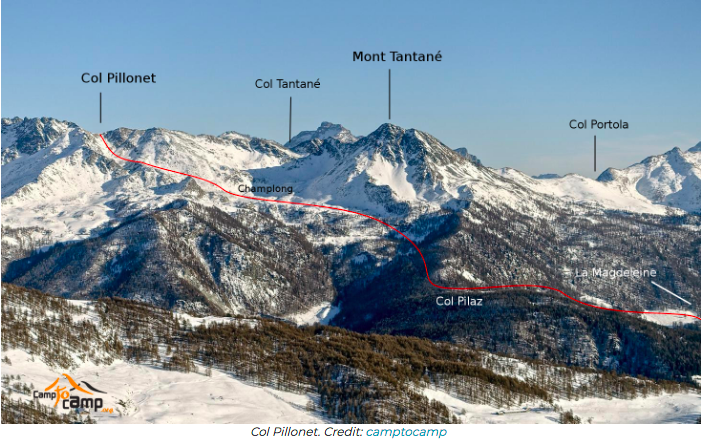Avalance and Fluid Dynamics
12.10.18
It seems as though avalanche season in the northern hemisphere has begun. From the articles I've combed through there seems to be a spike in avalanches from March-May, perhaps due to rising temperatures and increasing snowmelt. But over the weekend there was an avalanche that killed a skier in the Italian Alps, though his girlfriend (with him at the time) survived the incident. The accident occured around 8,200 ft above sea level and the man was buried under six and a half feet of snow. This was a slab avalanche, one that occurs when a surface level slab of snow detaches from the stationary ground below it and slide down a mountain, building speed and taking debris with it.
Avalanche flow patterns are key in understanding how they come to a standstill, and also to predicting when they will happen. Factors such as terrain, density of the snow, wind, and how powdery the snow is all impact the speed and deadliness of these snow-flows. The surface on the ground melts as it slides, addding a complexity to this that makes it hard to model this as large rocks falling down the side of a mountain as well. In the past theorems modeled avalanches as a single large "snowball" carrying debris and used friction concepts to bring it to rest. Now techniques and thechnologies such as Rapid Mass Movement Simulation (RAMMS) uses and "incorporates the rules of fluid mechanics". Current modules of RAMMS include avalanche, rockfall, and debrisflow.
It's unfortunate that this incident occured as the victims were ski "experts" and had all of the necessary technical material. This just goes to show that the power of events at this scale are unpredictable even in the modern age, and that even if we can map and predict how they fall, we still cannot outrun, outfight, and outlive them. Maybe if I go to the mountains I'll just stay on the ski lift.
